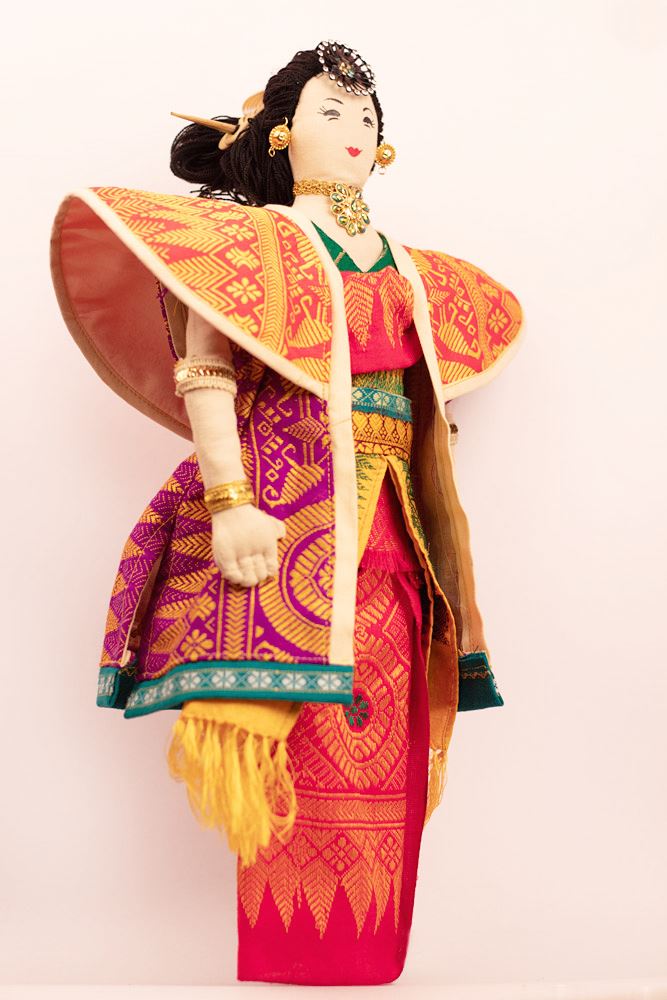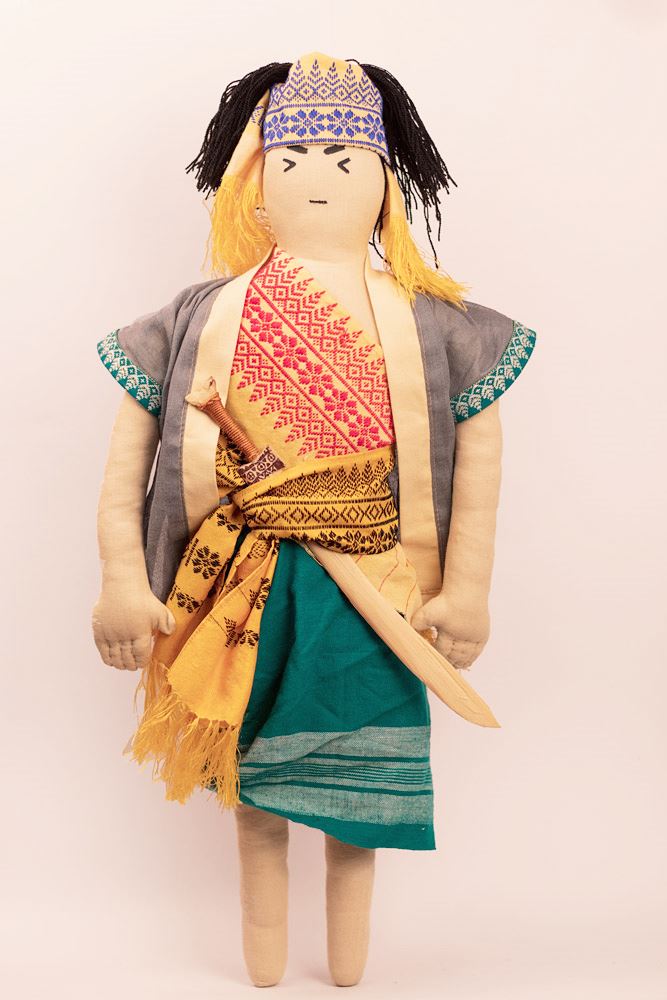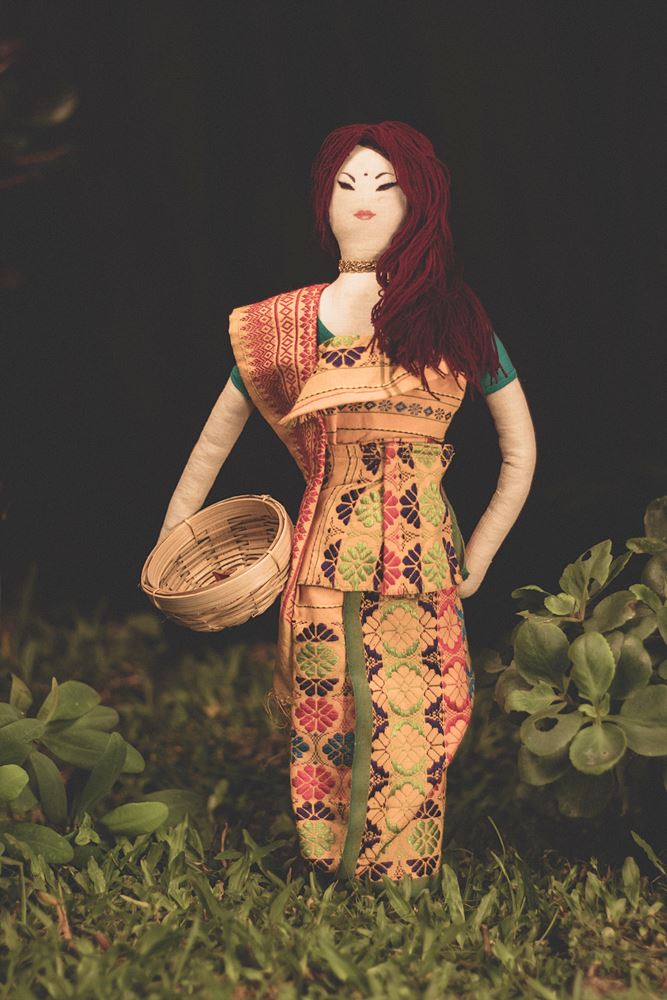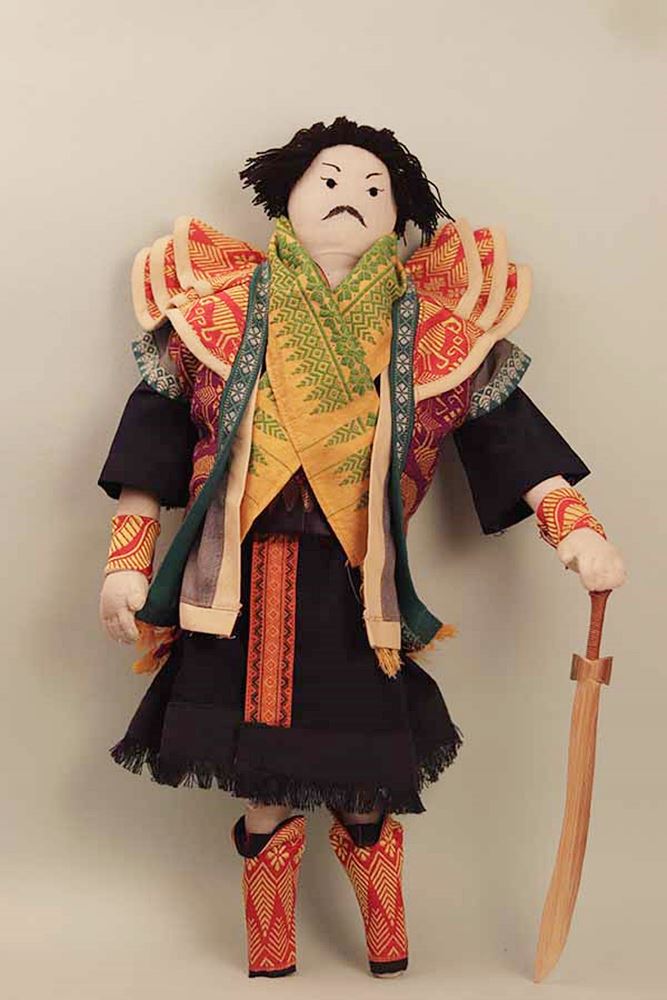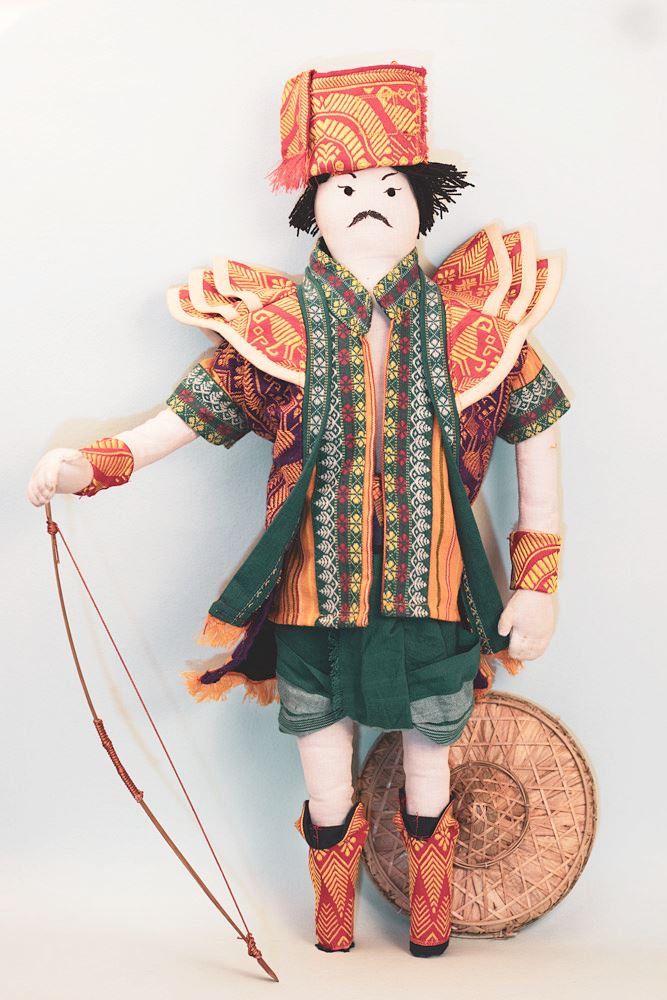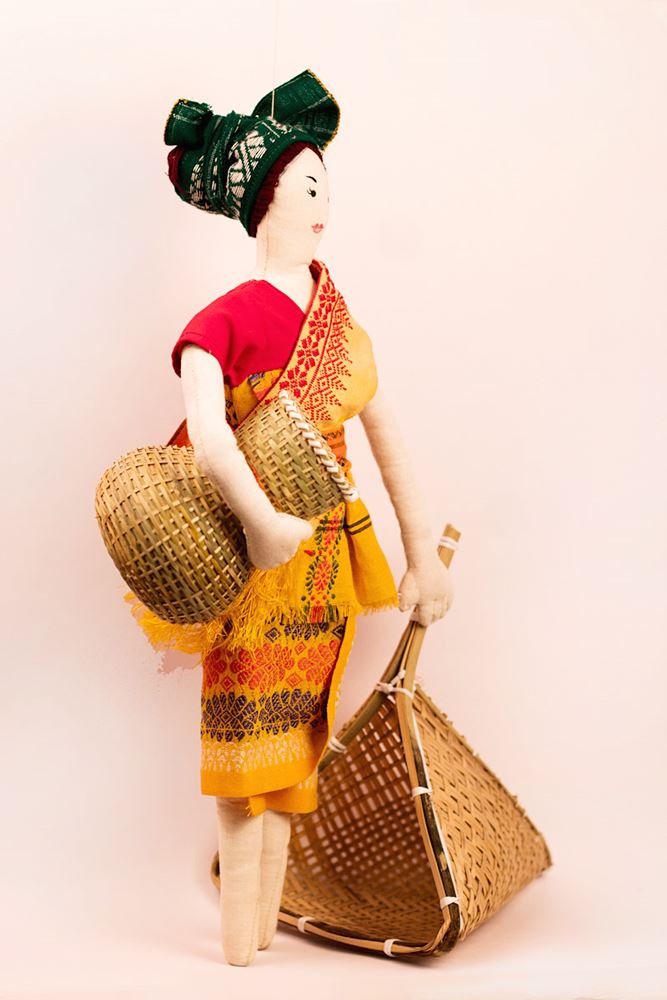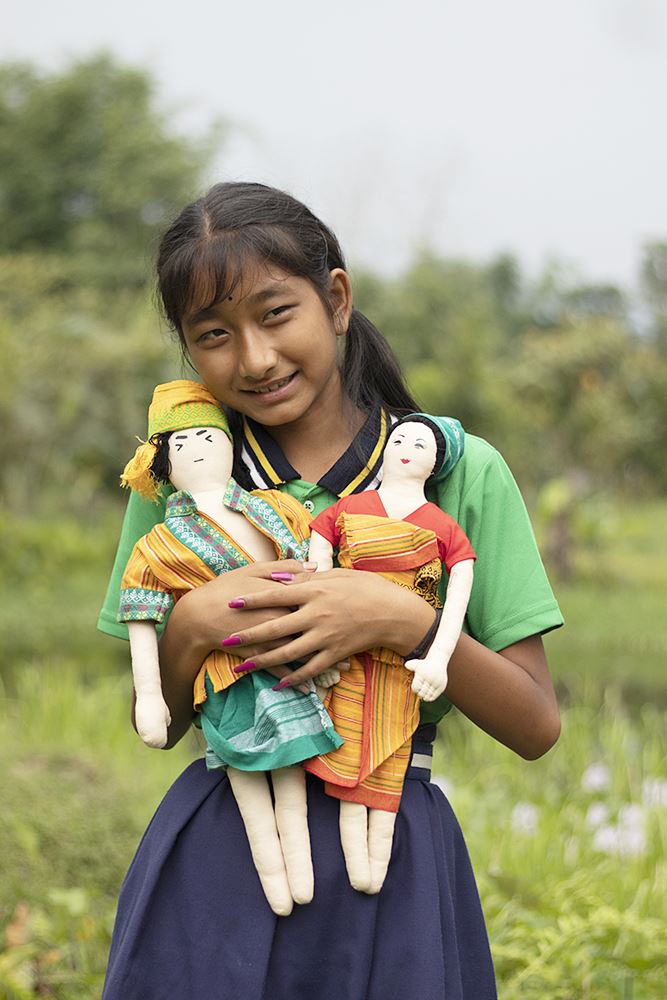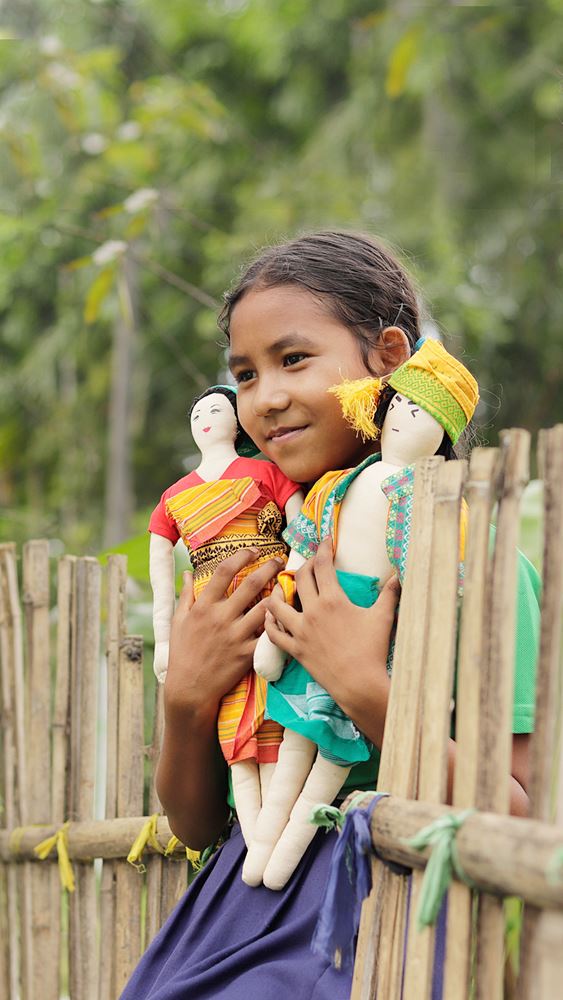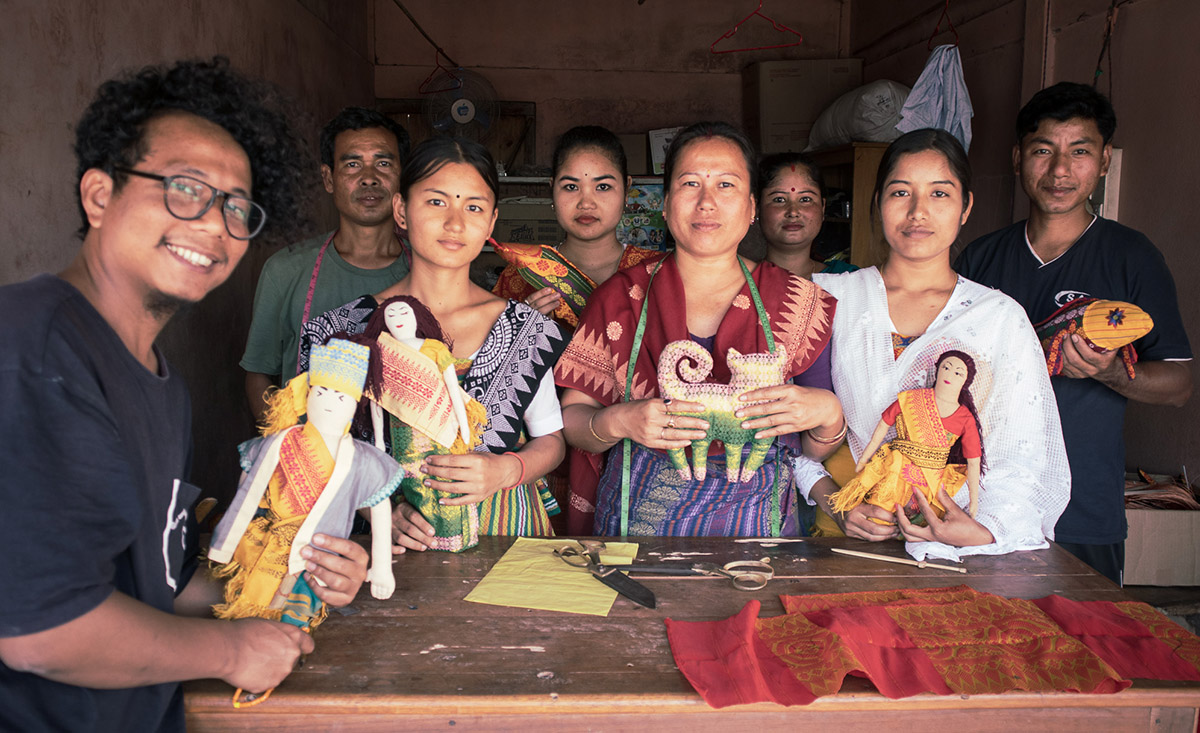
Hazuwa in Assam’s Baksa district is slowly beginning to feature in traveller’s itinerary. Afterall, it falls on the way to Assam’s best kept secret, the Manas National Park, that’s now poised to receive visitors. Drive a little into the interiors of the village and you will find Kirat Brahma and his team engrossed in making toys. Those who know of him, stop by to see an innovative idea in action. Girls from the village come in the morning and get busy stitching and making soft toys with woven Bodo traditional textures and fabrics.
His soft toys are unlike any other that you will see in the market. They represent a rich culture and heritage unique to the Bodo community in Assam. When Kirat Brahma, 32, a Bodo himself, started creating the toys, he was clear that his toys would have a purpose — of spreading awareness about Bodo culture and preserving it for the future generation. So, this alumnus of the National Institute of Design, Ahmedabad, where he studied animation film design, decided to return to his roots in Kokrajhar, Assam. Inspired by Tibetan dolls and driven by a desire to educate youngsters using locally designed soft toys, Kirat set up Zankla Studio. It’s here that these colourful, ethnically dressed toys are created. Kirat talks to NEStories about his journey and why he decided to make soft toys.
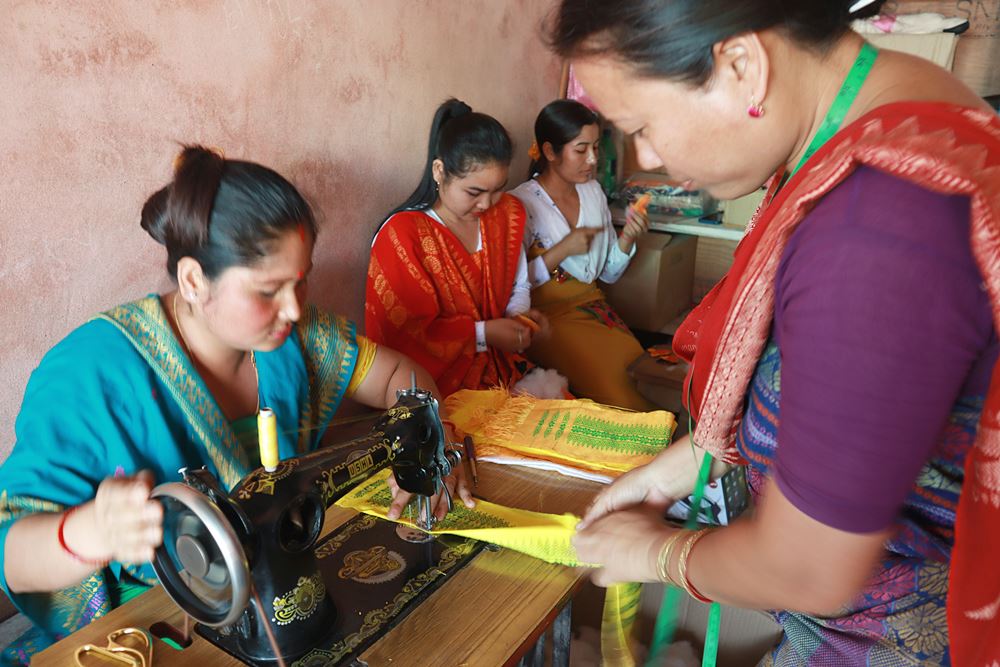
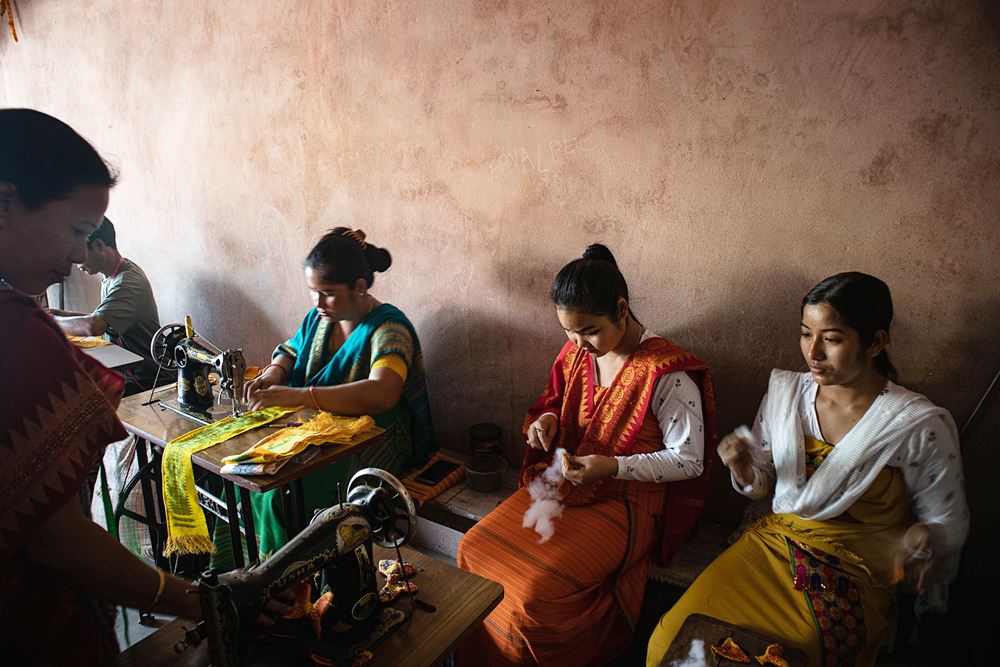
How much of your background has influenced your work as a soft toy maker?
I was born in a small Bodo village called Rangapani, near the Manas National Park in Assam. However, destiny had other plans for me, and I soon moved to the small town of Kokrajhar to study at an English medium school. I had to leave my parents behind and stay with my uncle, which was a new and exciting experience in itself.
The only time I got to visit my village was during summer or winter vacation, and each visit was a memorable adventure. Being exposed to both urban and rural lifestyles helped me shape my perspectives and see the world from a unique angle. Every moment spent in nature, every conversation with locals, and every glimpse into the lives of people in my village helped me form an artistic vision that I now bring to life through my work.
So, my childhood memories play a pivotal role in my work as a soft toy maker today. Each toy I create is an expression of my love for nature, appreciation for diverse cultures, and desire to bring joy and happiness to people's lives.
What inspired you to make toys? Why did you want to pursue toy making full time?
As an animation film designer, I've had the opportunity to design characters for stop-motion, which has influenced my approach to making these toys. But it was during my visit to the Norbulingka Institute in Dharamshala, Himachal Pradesh, that I was captivated by Tibetan dolls. They became a source of inspiration for my work.
For me, these toys are more than just playthings. They serve as tools to educate young minds about the importance of traditions, folk stories, and their own identity and rich heritage. By using the play-way method, I hope to create a unique and interactive way for children to learn and appreciate their cultural roots.
I decided to return to work at the grassroots level to address the bigger indirect problem of racism. In our country, racism exists against people with Mongoloid features, such as people from the Northeast and Ladakh. I believe this is due to a lack of knowledge and understanding among the people from mainland India. Further, we are often misrepresented in mainstream India, and mistaken as Chinese or Nepali. It is this misconception I believe that Zankla Toys can help to clear and become a tool to solve the racism problem.
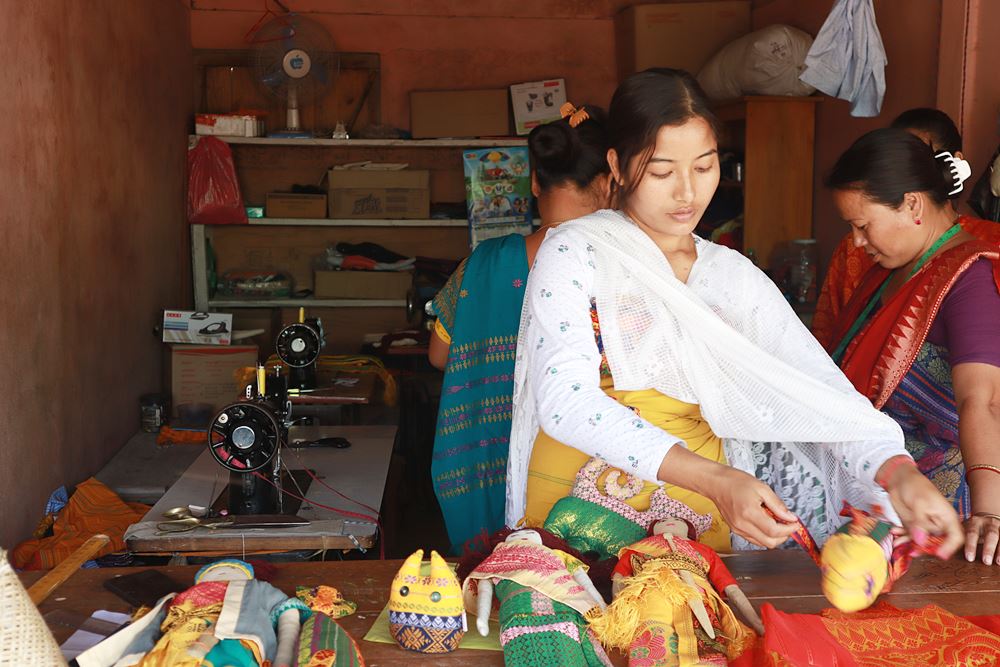
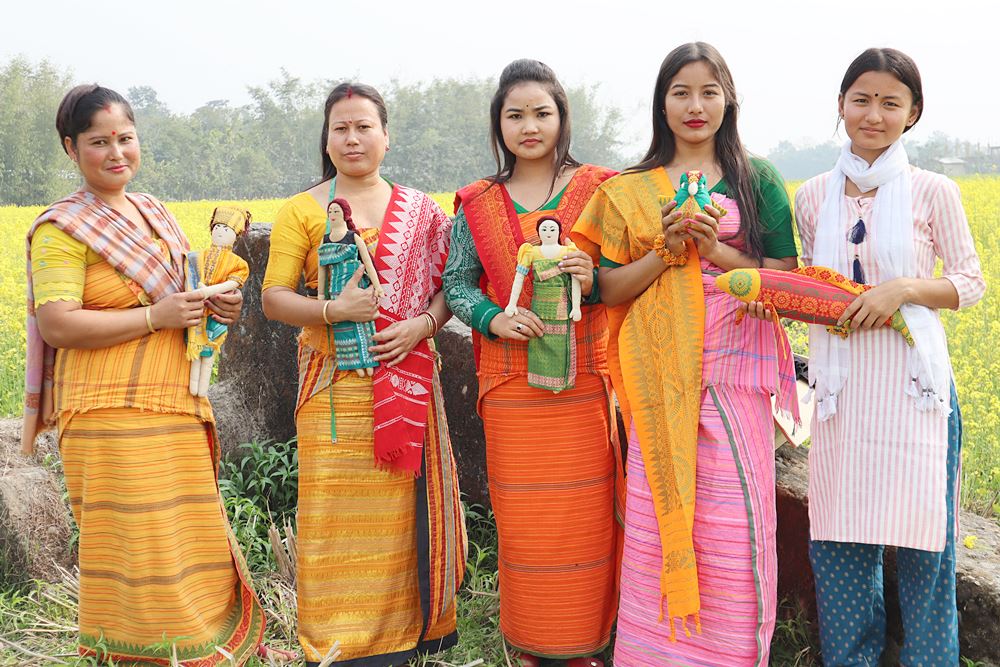
3. What was the first toy you designed? How did you make it and with what?
The first toy I made was a Bodo girl, which I designed with my mother. I remember drawing the rough sketch and my mother used an old Dokhona as a sample to stitch the toy together. Seeing the potential of the product and where it could go was an unforgettable experience.
4. When you finally launched your products, what was the reaction of the people? Were you able to sell immediately?
The reaction to our toys was overwhelmingly positive. People were excited to see a product that was relatable and representative of their culture. While there was initially some scepticism, the response was supportive. During our first exhibition at the Bodoland International Knowledge Festival at Kokrajhar Bodoland University, we were able to sell 80,000 products immediately. It was a great experience to see such a positive response to our work. However, we also received valuable feedback regarding the pricing of our products. We are now more mindful of customers’ buying behaviour and have made efforts to make our products more affordable.
5. How best do you think your work will be able to document the lost heritage and nuances of your culture?
At Zankla Studio, we believe that our work goes beyond just creating toys. We see ourselves as documenters of our lost heritage and culture. Each soft toy we design is a character with its own story and background, which we document in accompanying information books. Our goal is to eventually create comic books and animations that explore the historical and cultural significance of these characters. By sharing their stories through different mediums, we hope to raise awareness about our community and establish Zankla Studio as a brand that celebrates our rich heritage.
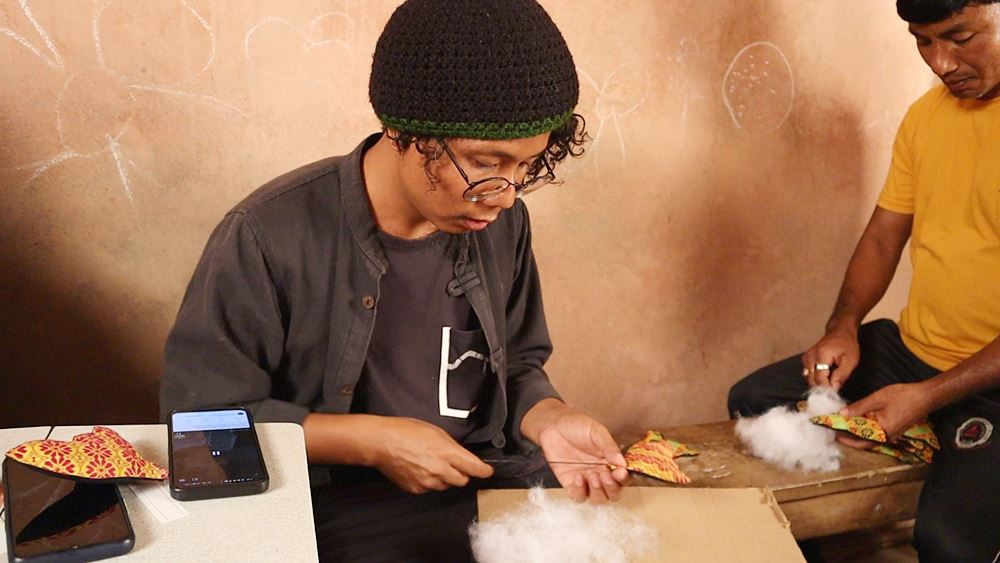
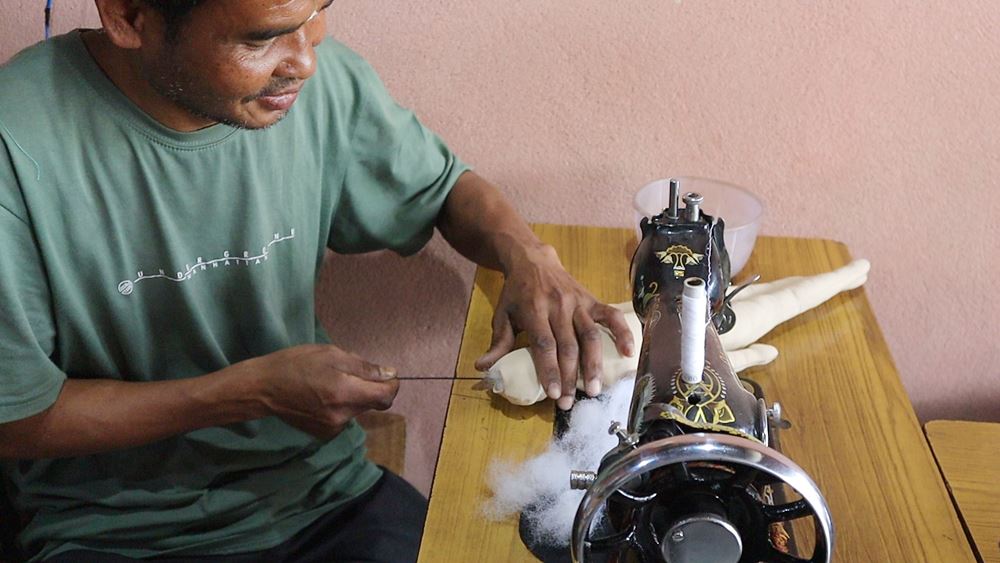
6. How do you think technology can help in your work?
Zankla toys are handmade, but taking the help of technology can immensely increase our productivity and product quality. Technology, such as social media, online marketing and strategy, will help us reach our goals. Additionally, 3D printing can assist us in creating prototypes of new designs quickly and efficiently. Digital tools can also be utilized to create animations, comic books, and other forms of digital media to tell the stories behind our products. In short, technology can play a significant role in enhancing our work while still maintaining the traditional and handmade aspects that make our toys unique.
Further, technology can assist in documentation and preservation. We can use digital tools to collect and store information about traditional toys and crafts, such as their history, cultural significance, and production techniques. This information can easily be shared and accessed by people around the world, helping to raise awareness and appreciation for our culture.
7. What are some of the challenges you face?
One of the biggest challenges is finding like-minded individuals—those who share our passion for preserving our cultural heritage and can add value to the project—to join our team. Additionally, finding weavers who can create customized fabrics locally is also a challenge.
Online marketing is the other challenge. While we believe that technology can be a powerful tool to reach a wider audience, we also recognize that effective online marketing requires a great deal of knowledge and expertise. We need to develop a solid online marketing strategy that can help us reach our target audience and establish our brand in a crowded market.
Capital is also a challenge for us. We need funds to produce our toys at a larger scale, launch them efficiently in the market and create an online store that is ready to go. Finding investors who share our vision and are willing to support our project can be a challenge.
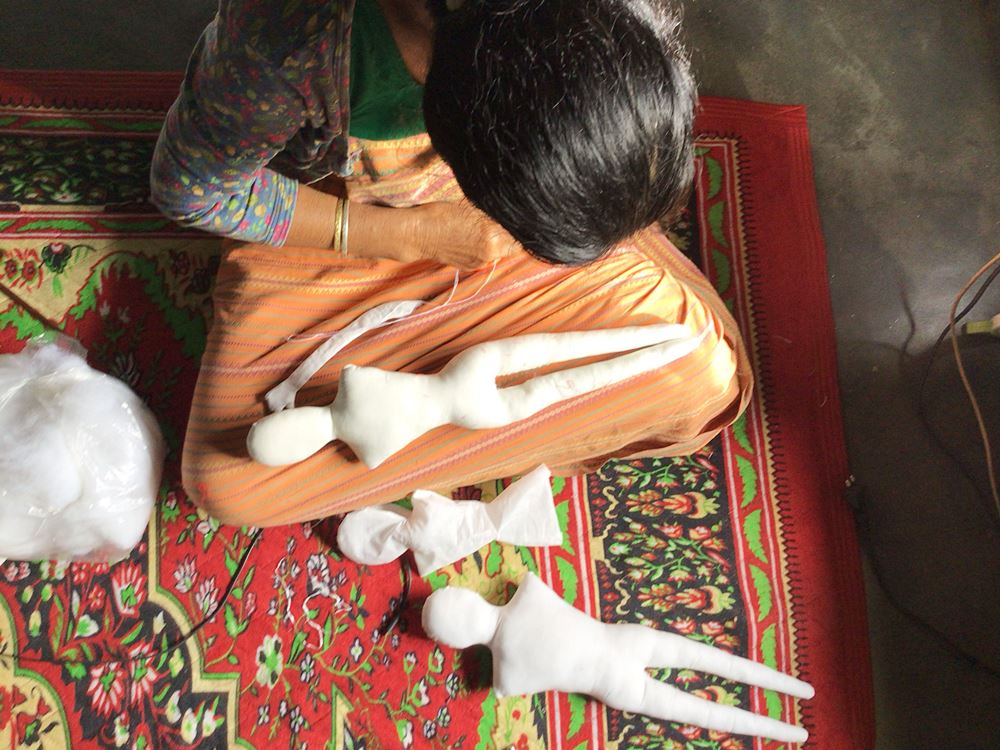
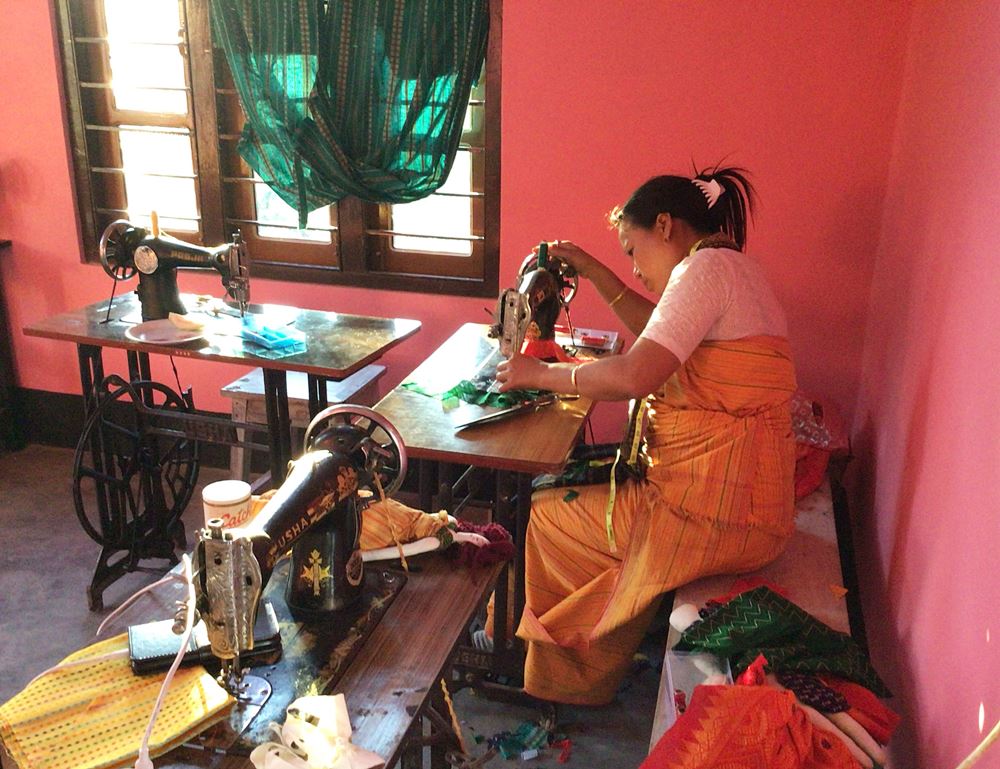
8. You decided to come back after having worked outside the state. Are you happy in your hometown? What do you think are the prospects for youth in their own homeland?
There are opportunities for growth and development. Many young people in our community are passionate about preserving our culture and heritage, and eager to contribute to the local economy. However, there are also challenges such as limited access to resources and a lack of infrastructure in some areas. I believe that by creating opportunities for local youth to learn and work in fields such as art, design and entrepreneurship, we can empower them to make a positive impact in our community. It’s important to provide access to education and resources so that they can pursue their dreams and contribute to the growth of the economy. Overall, I am happy to be back in my hometown and be a part of this movement toward preserving our culture and empowering our youth.
